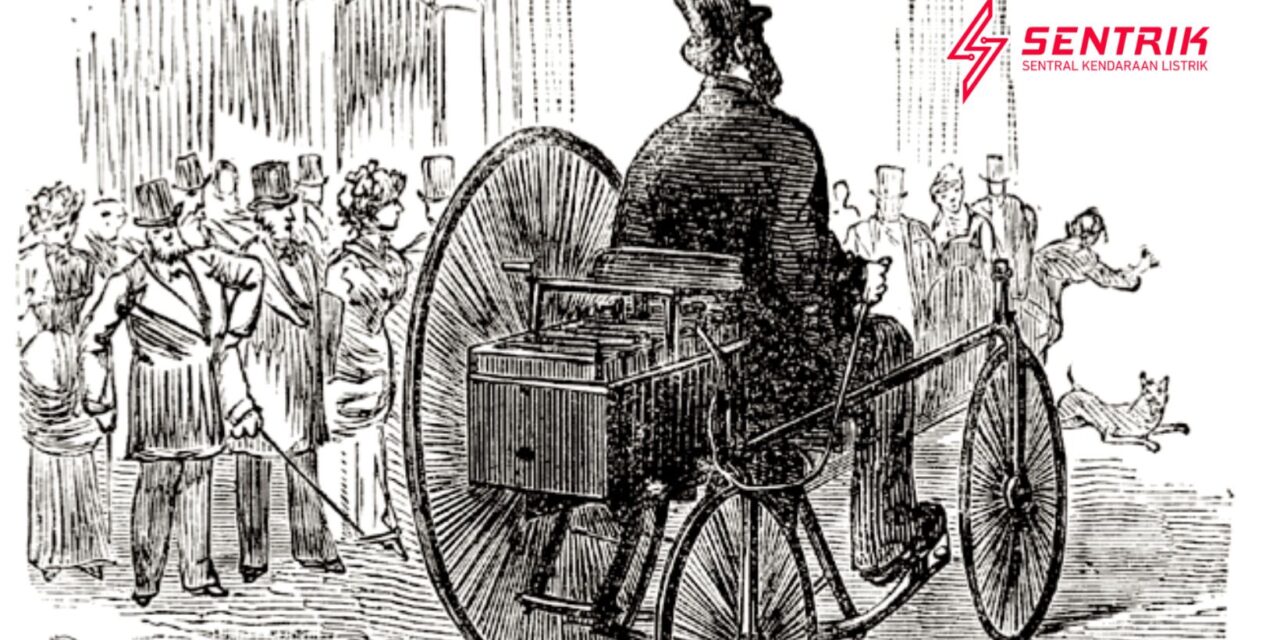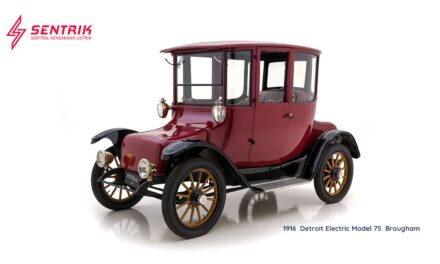Electricity, the force that powers our modern world, has a rich history intertwined with human innovation. The story of the electric motorcycle is a testament to this relationship, tracing its roots back to the early days of electrical discovery and the dawn of modern transportation.
The journey begins with Benjamin Franklin, the renowned polymath who, in the 1700s, famously experimented with kites during storms. His ‘battery’ of interconnected Leyden jars in 1769 marked a significant step in harnessing electricity. However, the true birth of electric vehicles awaited two pivotal inventions in the 1800s: the battery and the electric motor.
The term ‘battery’ was coined by Franklin to describe an array of interconnected, charged glass plates. Fast forward to the 1800s, and Allesandro Volta developed the first ‘wet cell’ battery, the Voltaic Pile. This innovation used discs of copper and zinc sandwiched with cardboard soaked in brine. Such advancements paved the way for further research, leading to inventions like the incandescent light by Humphrey Davy in 1802.
As the 19th century progressed, the world witnessed the creation of various battery types. The rechargeable lead-acid battery, familiar to many as the power source for cars and motorcycles, was introduced in 1859 by Gustave Planté. By the 1880s, batteries had evolved enough to power vehicles, albeit on a limited scale.
Parallel to battery development was the evolution of the electric motor. Michael Faraday laid the foundational theory in 1821, but it wasn’t until Thomas Davenport’s work in 1834 that a functional electric motor emerged. These motors began impacting daily life in the 1870s, primarily through trolleys, which became a common sight in cities worldwide.
The idea of an electric motorcycle was born in France, with the concept first patented by three individuals in the late 1860s. This innovation was directly influenced by the commercial production of pedal bicycles in 1868. The sensation of cycling, described as “luxurious traveling” and akin to flying, inspired inventors to add motors to bicycles, aiming to amplify the exhilarating experience.
Louis-Guillame Perreaux, who first patented the motorcycle concept, is believed to have suggested the electric motorcycle. However, the first known patent for an electric motorcycle, the “Vélocipède magnéto-électrique,” was filed by Joseph Marie in 1869. Whether these inventors built functional electric motorcycles remains a mystery, but their vision was clear.
The world’s first successful demonstration of an electric vehicle was a tricycle by Gustave Trouvé in 1881. Using a Starley tricycle chassis, Trouvé attached his rechargeable batteries and electric motor, showcasing the potential of electric transportation.
In conclusion, the electric motorcycle’s history is a tale of human ingenuity, perseverance, and the relentless pursuit of progress. From Franklin’s early experiments to Trouvé’s tricycle, the journey of the electric motorbike is a testament to the spirit of innovation that continues to drive us forward.
Image Source : The Vintagent












